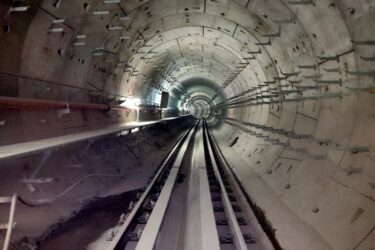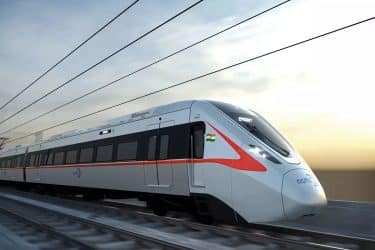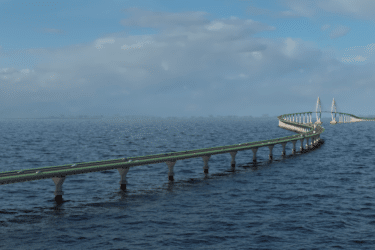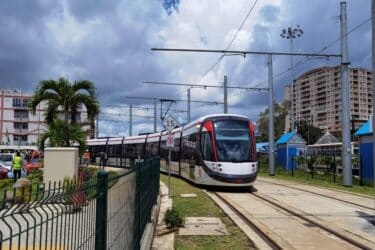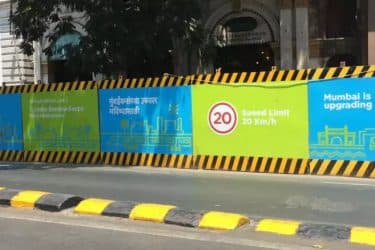The Chennai Metro serves the city of Chennai, Tamil Nadu, India. It is the fourth-longest metro system in India, behind Delhi, Hyderabad, and Bangalore. The network consists of two color-coded wires spanning 54.65 km.
The Phase 1 Ext Project which is of total length 9.051 km was awarded to SYSTRA in August 2015 by Chennai Metro Rail Corporation. The Project consist of 2.4 km of underground stretch with 2 underground stations, 6 elevated stations and a depot for which SYSTRA was responsible for the detailed design of the Architectural, Civil, Structural, and Building Services Works.
Construction began in July 2016 following the approval from the Central government. The Project was successfully commissioned for revenue service on February 14, 2021 which was inaugurated by Prime Minister Narendra Modi.
Key features of the project
- General Construction Method for U-Girder Lifting and Installation Viaducts are included in the Tender Drawings that must be adopted by the Contractors in order to build a detailed scheme which minimizes or eliminates the danger of significant accidents. According to the self-weight, PT strand has been specified as the type of lifting hook/bar for the U-Girder span
- In underground stations, our Technical teams designed TVS Fans vertically to reduce station box and land acquisition, a unique feature in India. This design adjustment led to a 150 m station box, far smaller than our usual underground stations in India till date
- The functional cross-section of the U-Girder has been finalized based on the minimal clearances specified in the dimensions schedule (SOD)
- The launching span for U-Girders has been positioned close to the casting yard to save transportation distance. All U-girders will be erected from a single location, i.e., the launching span, minimising the risks associated with erection.
- The arrangement of the spans at the crossings has been determined by considering the minimal turning radius of the corresponding vehicles in order to eliminate the chance of a collision with the pier column
- Tunnel cross section has internal diameter of 5800mm and external diameter of 6350mm
- Two Tunnel bores are separated by 14m between Centre to Centre of Tunnels
- A walkway runs along the entire length of the tunnel provided egress in the event of an emergency
 Australia
Australia  Brazil
Brazil  Canada
Canada  China
China  Denmark
Denmark  France
France  Indonesia
Indonesia  Ireland
Ireland  Italy
Italy  Malaysia
Malaysia  New Zealand
New Zealand  Norway
Norway  Poland
Poland  Saudi Arabia
Saudi Arabia  South Korea
South Korea  Sweden
Sweden  United Kingdom
United Kingdom  United States
United States  Singapore
Singapore  Taiwan
Taiwan  Thailand
Thailand  Vietnam
Vietnam 